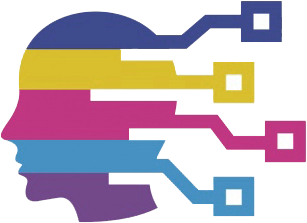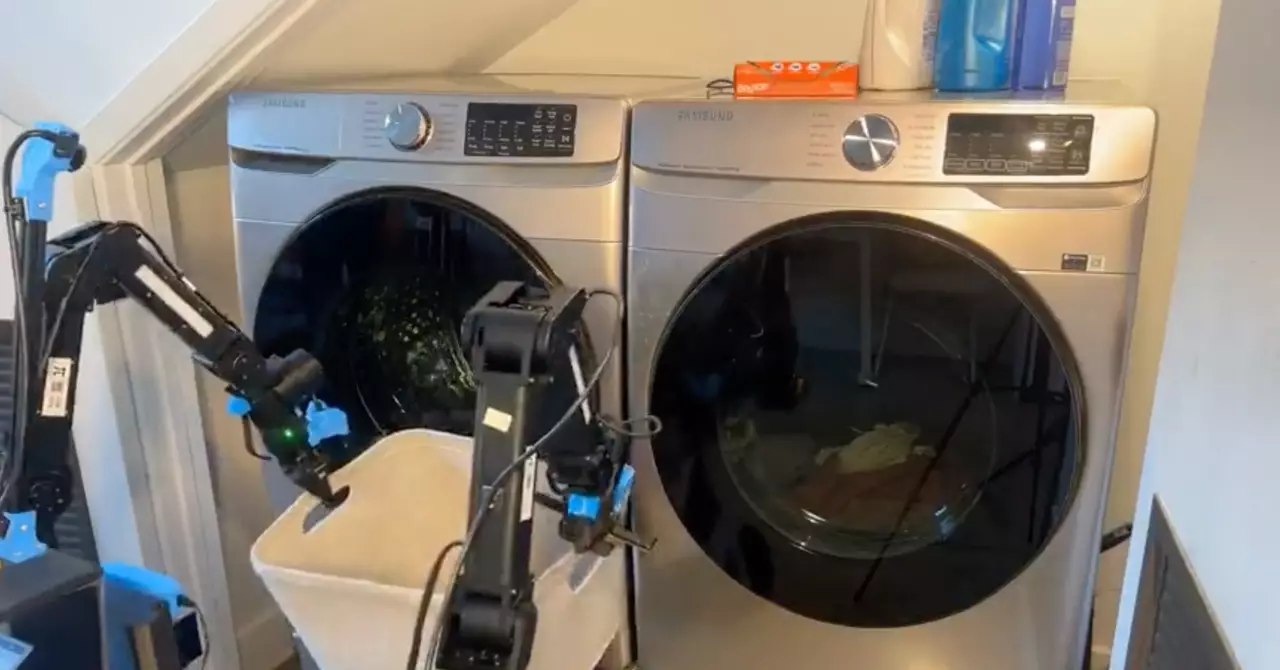In recent years, artificial intelligence has made significant strides, yet robots remain significantly hindered by their limited capabilities. Predominantly, these mechanical counterparts are confined to executing routine, pre-programmed tasks within controlled environments like factories and warehouses. They lack the ability to adapt spontaneously to their surroundings, which is a critical requirement for a broader application of robotics beyond dedicated industrial settings. Even those advanced robots that possess vision and dexterity are only capable of performing a narrow range of tasks, revealing a conspicuous absence of general physical intelligence that prevents them from effectively interacting with diverse contexts.
For robots to transition into versatile assistants capable of handling the complexity of human environments, they must develop a form of generalized capability. Such abilities would allow robots to navigate the inherent variability and disorder present in settings like homes, where tasks can range from tidying up to cooking. This necessity has inspired optimism about the future of robotics, with significant names in technology, such as Elon Musk, investing in humanoid robot development. Musk’s Tesla is working on a robot known as Optimus, with promises of a price point between $20,000 and $25,000, aimed to perform a variety of tasks by 2040. However, this vision raises questions about the feasibility of such targets given the substantial investment in research and development needed to achieve such adaptive robotics.
Learning Across Tasks
Historically, robotic training has concentrated on isolated tasks, resulting in limited transferability of skills between different machines. Yet, recent research indicates that learning can indeed be exchanged across tasks, provided that the training is done on a sufficiently large scale. Notably, a 2023 project by Google called Open X-Embodiment successfully facilitated knowledge transfer among 22 different robots across 21 research institutions. This groundbreaking work illustrates that with the right methodology and collaboration, robotics can evolve beyond narrowly defined tasks.
Despite these encouraging advancements, a significant hurdle remains due to the disparity in the availability of training data for robots compared to large language models. Robotics lacks the vast, diverse datasets that exist in textual formats, compelling organizations like the startup Physical Intelligence to create their data to support effective robot learning. Their innovative approach combines vision language models—integrating images and text—with diffusion modeling techniques derived from AI-generated images to enhance the breadth of learning.
While progress has been made, the journey to achieving fully autonomous and adaptable robots remains daunting. Experts like Levine acknowledge that we are merely constructing the foundational elements for future advancements. A significant leap in the scale of learning and data generation is imperative for robots to perform any task humans assign to them. The prospect of robots becoming genuine aides in both industrial and domestic spaces is tantalizing, yet it underscores the substantial research and resources still required to turn that dream into reality. As developments continue, the expectation is not merely for more capable machines but a complete re-envisioning of the role that robots can play in our daily lives.

